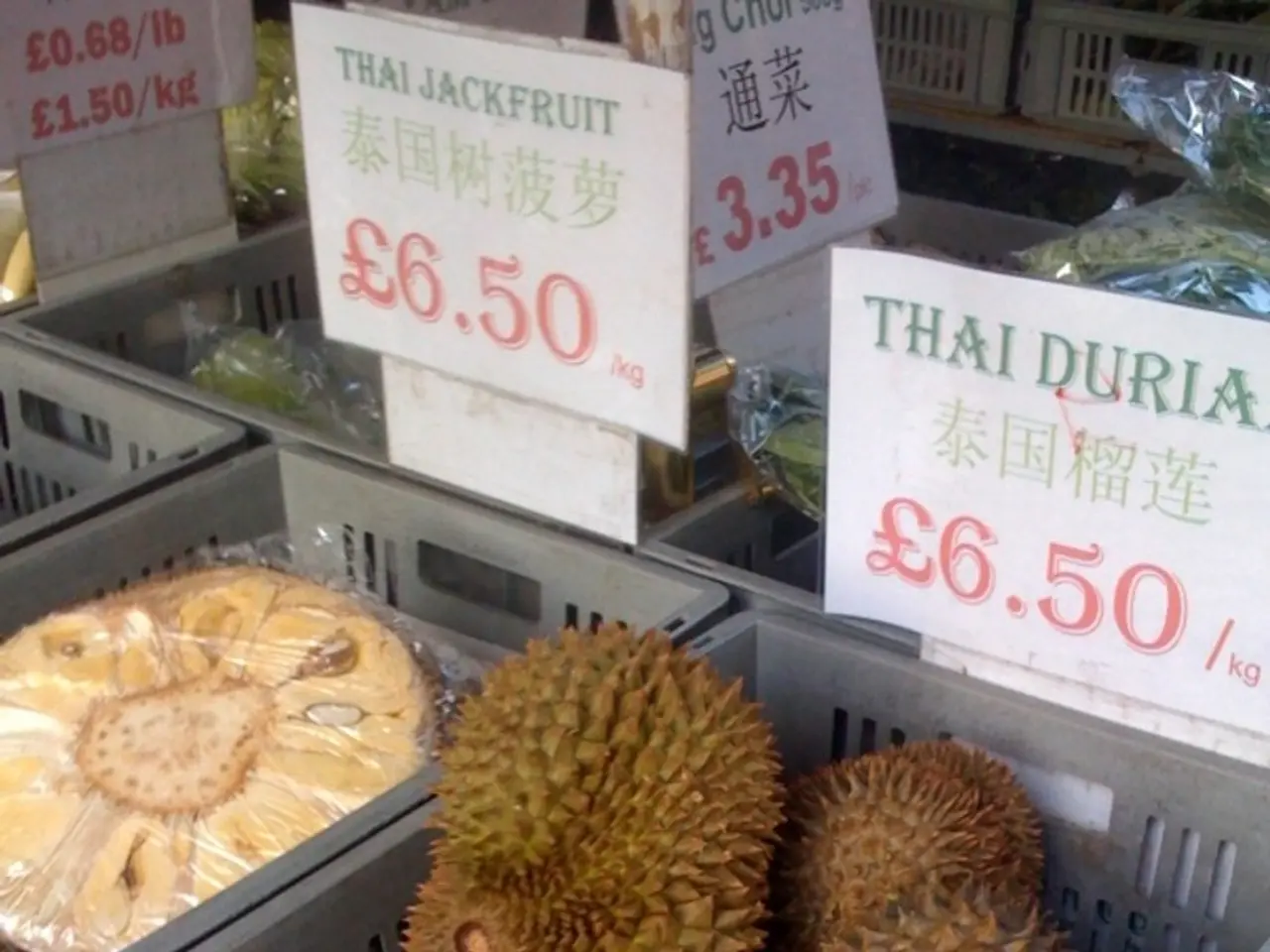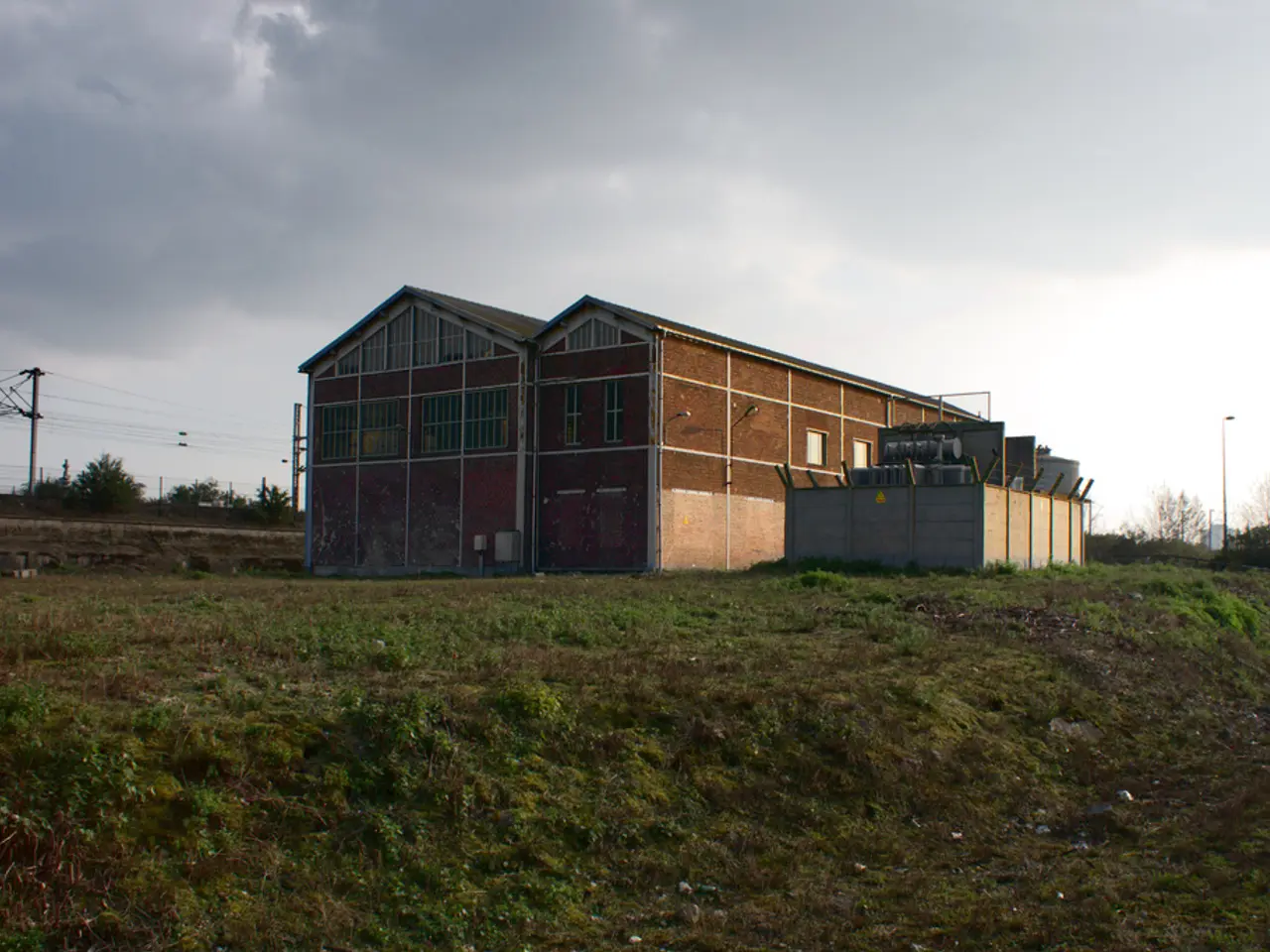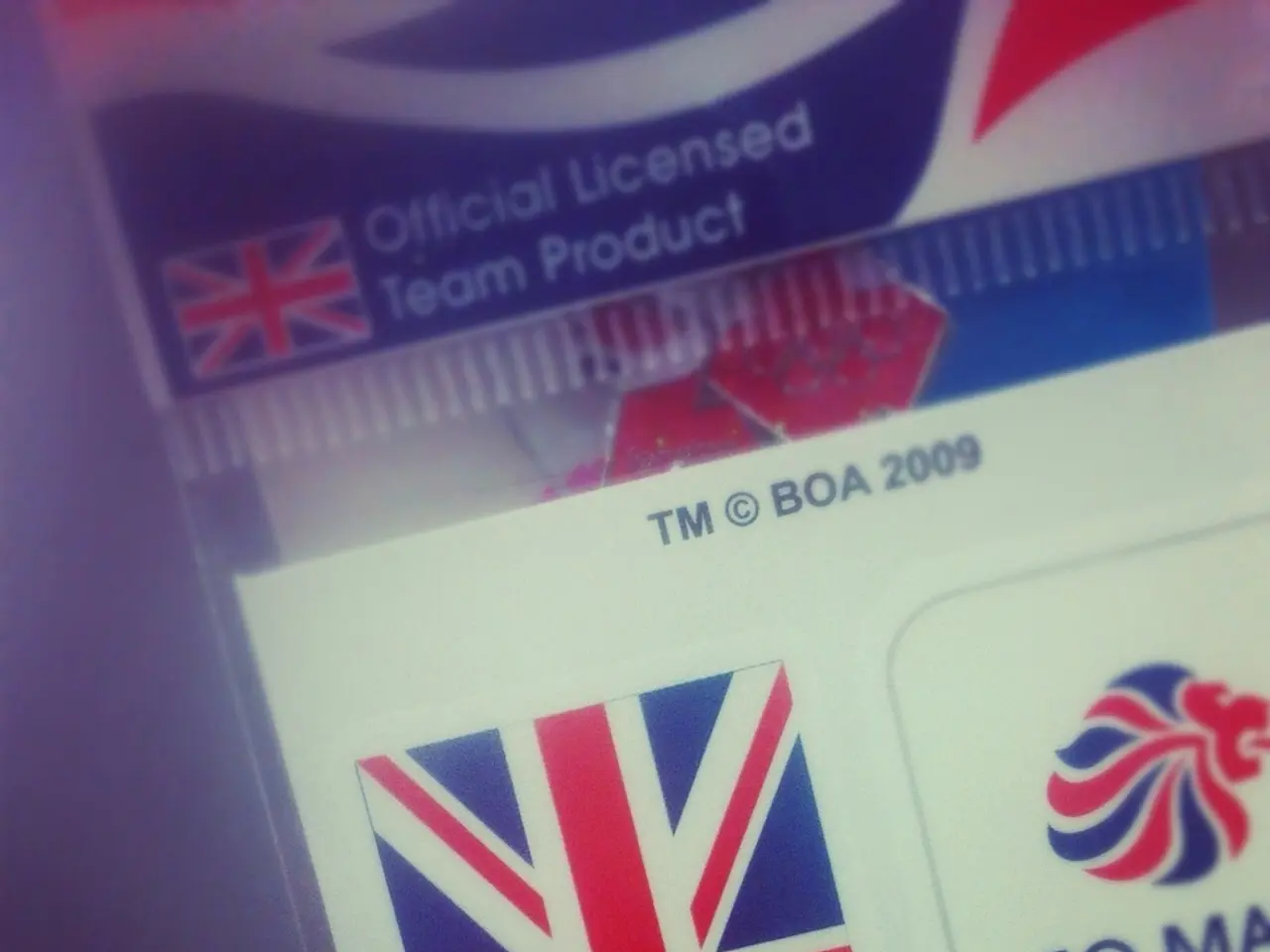Negotiations on a provisional trade agreement between India and the United States reach their concluding stage.
The ongoing trade negotiations between India and the United States are reaching a critical juncture, with both countries engaged in intense discussions to finalise a deal before the July 9 deadline. Indian negotiators have extended their stay in Washington to try and reach an agreement, aiming to avoid the reimposition of a 26% reciprocal tariff on Indian goods that the US had announced and temporarily suspended[1][5].
One of the major sticking points in the talks is the agriculture and dairy sectors, which India has deemed "big red lines"[1][3]. The US is pushing for increased market access for its agricultural products, including apples, tree nuts, genetically modified crops, and dairy products. However, India has resisted US demands for tariff concessions in these sectors, fearing potential political and economic implications[1][3].
The US is also demanding that India reduce tariffs on US farm goods such as soybeans and corn, as well as on automobiles and alcoholic beverages, and is seeking to ease non-tariff barriers. India, on the other hand, wants relief from US duties on Indian products like steel and auto parts and is focusing on protecting its labor-intensive sectors such as textiles, garments, leather, and chemicals[1][2].
Despite these disagreements, there is a possibility that a deal may still be imminent, with all terms reportedly agreed upon, making an announcement likely before July 8, 2025[4]. However, reports also suggest the possibility of negotiations shifting from a rushed interim pact towards a more comprehensive bilateral agreement[2].
Apart from agriculture, the US is seeking greater opening up of the Indian markets for its services and digital companies. The Indian team in Washington is led by special secretary Rajesh Agrawal, while the US team is led by US Assistant United States Trade Representative (USTR) Brenden Lynch[6].
Both sides discussed market access in goods and services trade, sanitary and phytosanitary measures, technical barriers to trade, customs and trade facilitation, digital trade, and legal framework during the meetings[2]. The Indian team is expected to extend their stay beyond Monday in Washington for trade talks[7].
The US President Donald Trump announced reciprocal tariffs on all trade partners on April 2, with a rate of 26% for India. However, Trump delayed the full implementation of these import duties for 90 days on April 9[3]. Despite the pause, Indian exports to the US are still paying 10% additional duties[1].
In an interview, Finance Minister Nirmala Sitharaman stated that agriculture and dairy are among the "very big red lines" where caution has been exercised[1]. Commerce and Industry Minister Piyush Goyal led a delegation to the US from May 17-22, 2025, and held meetings with his counterparts[8]. The latest visit by the Indian team comes just two weeks after the US team's visit led by Lynch to India[9].
In conclusion, the agriculture and dairy sectors remain critical and contentious in the India-US trade talks, with India firmly resisting US tariff and market access demands in these areas while negotiations continue under time pressure[1][2][3][4].
**Summary table of key points:**
| Aspect | Position/Status | |-------------------------|-----------------------------------------------------| | Negotiation deadline | July 9, 2025; talks ongoing in Washington | | Indian stance | Hardened, especially on agriculture and dairy | | US demands | Market access for apples, nuts, GM crops, dairy; tariff cuts on farm goods, autos, alcohol | | Indian demands | Relief from US tariffs on steel, auto parts; protection for textiles, garments, leather, chemicals | | Agriculture & dairy | Major sticking points; India calls them "big red lines" | | Progress | Possible deal announcement before July 8, but impasse remains on tariffs and market access |
- The finance minister, Nirmala Sitharaman, has expressed caution about the agriculture and dairy sectors during the ongoing trade negotiations between India and the United States, considering these as "very big red lines."
- Despite the ongoing discussions in Washington, Indian business sectors, particularly textiles, garments, leather, and chemicals, are focusing on protecting their labor-intensive industries from potential tariff concessions demanded by the US.
- As the economy relies heavily on defi (digital finance), both sides have also discussed market access in digital trade during the meetings, aiming to facilitate the growth of US digital companies in India.





